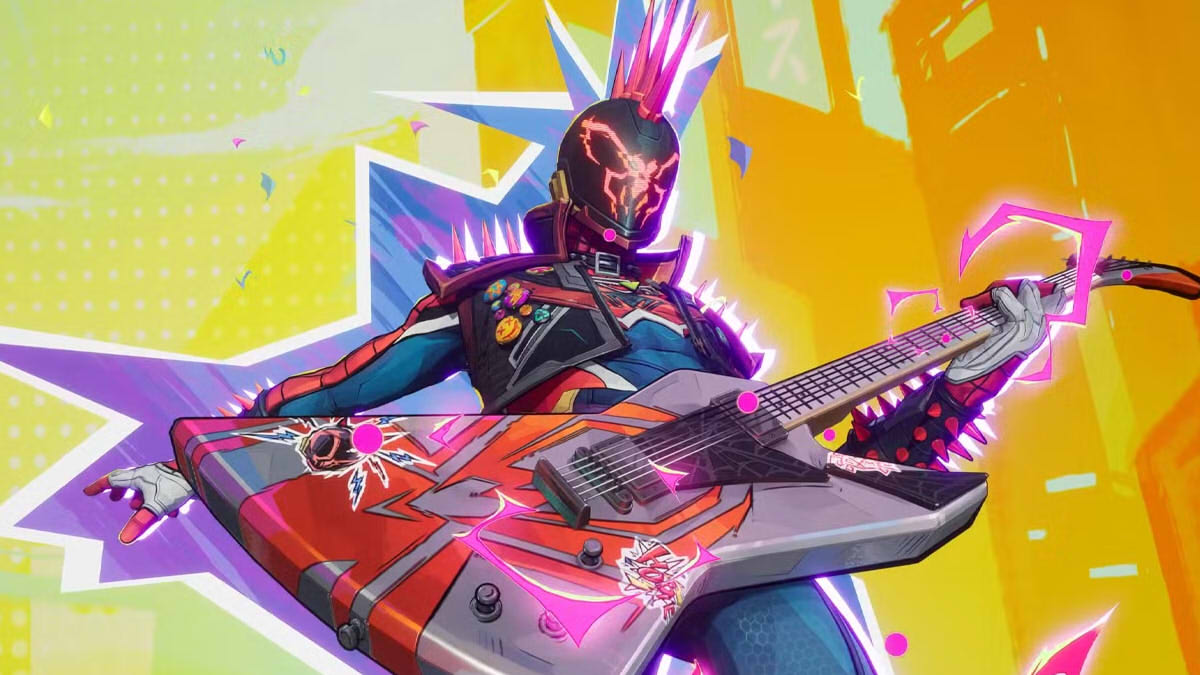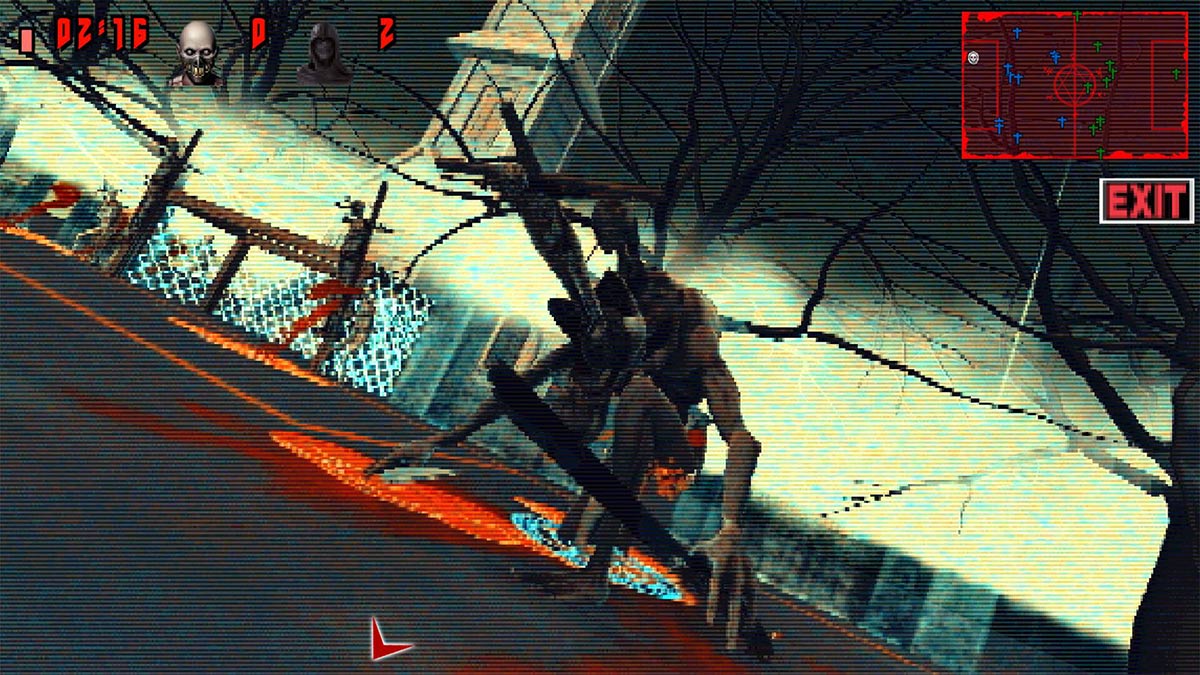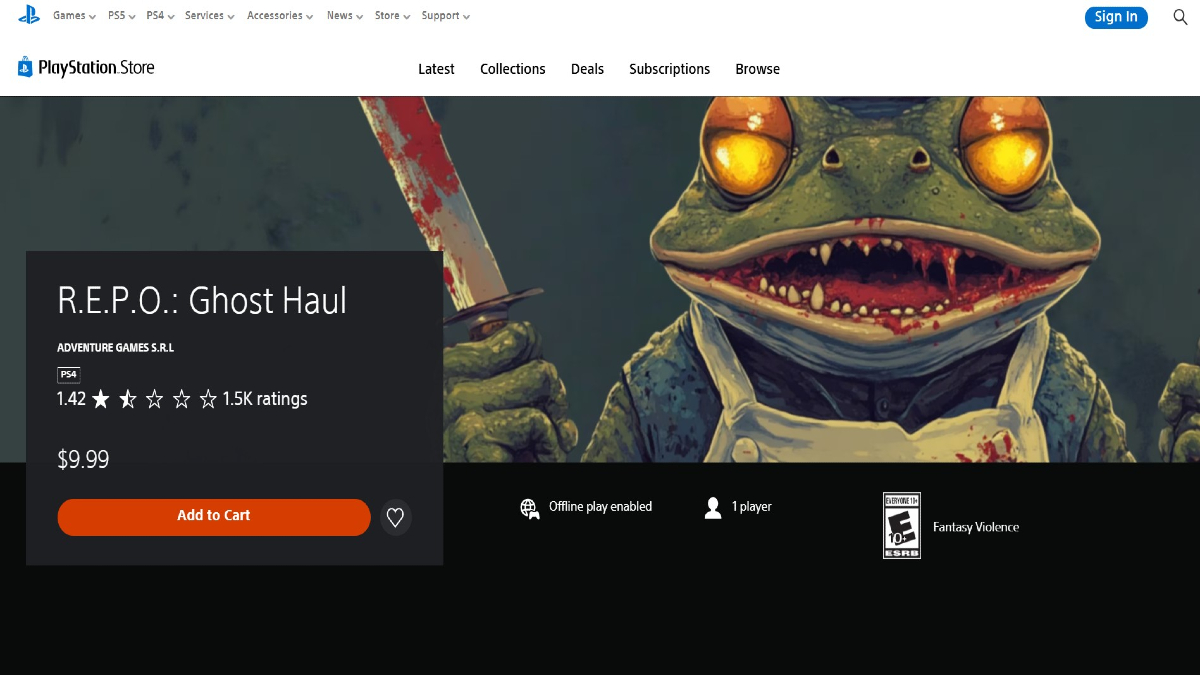Relayer on PS4
Kadokawa Games is finally about to release what is easily the most ambitious game in its history, a strategy JRPG called Relayer.
While the developer may not be very well known among the mainstream audience in the west, it certainly isn’t new to the genre, and you could actually say that the team has been experimenting and refining their take on the formula. This began first with Natural Doctrine in 2014, and then with the much, much more enjoyable God Wars: Future Past in 2017 and its expanded version God Wars: The Complete Legend. Indeed, the lineage of those games and the lessons learned along the way are certainly identifiable in Relayer.
One of the first things you need to know is that Relayer is extremely focused on storytelling, to the point that it basically comes with a full visual novel interspersed between the gameplay missions.
If you don’t enjoy watching long narrative segments, you can skip or accelerate them, but you’re going to miss a lot of what the game has to offer. On the other hand, if you love visual novels, you’ll find yourself right at home with the amount of storytelling Relayer offers.

The story doesn’t just focus on the main story, but it delves a lot into character building and interactions. It offers plenty of details and scenes that may seem unrelated but actually exist to enrich the world and are very effective in making you care. You don’t follow just the protagonists, but also their rivals and enemies as various plots intersect and then separate again, creating a very interesting and very enjoyable ensemble.
The narrative premise is actually pretty simple but intriguing: Alien enemies who have been trying to destroy the universe for millions of years have set their sights on the Milky Way, and humans that have been granted the will of the stars have to fight them while piloting giant mecha.
Yet, if you give it more than a superficial look, you’ll notice that it’s much more complex than that, with several factions and shades of grey among both camps, and many characters that pursue their own interests and that don’t always align with those of their faction.
While Relayer doesn’t avoid touching some rather dark themes, it often does so with a levity that very much reflects that of anime. Even the rich cast of characters can easily be seen as a massive pileup of the most beloved anime tropes. This is likely the most fitting definition of this title: it’s basically an anime space opera in video game form.

The audio compartment certainly supports that well, with the whole main storyline fully voice acted in Japanese and English. Only the secondary (but definitely enriching and enjoyable) scenes that you can find by exploring the ship that serves as your base are left in text only.
Like for most anime, my advice is definitely to stick to the Japanese voice-overs, which are absolutely excellent, starring plenty of high-level actors accompanied by some rookies that still managed to do very well. On the other hand, the English voice-overs are pretty mediocre as you can expect from productions that can’t count on extremely high budgets. This is accompanied by an English localization that isn’t perfect, taking a lot of liberties that it didn’t need to take, and including a few straight mistakes.
That being said, the sole fact that an English voice track exists for those who don’t enjoy Japanese voice-overs is laudable, especially considering that there is a metric ton of voiced dialogue in Relayer. While I personally did not find it very enjoyable, it’s great that it exists at all.
The music is another high point, with epic tunes that definitely fit the space opera theme, underlining dialogue, dramatic scenes, and battles very well.

Moving on to the visuals, they’re basically split into two main areas. As I mentioned above, the narrative parts of the game are basically like a (big and awesome) visual novel, which also means that they’re entirely drawn in 2D. The artwork is great, and especially the character design is top-notch.
The battles are rendered in 3D, and you could pretty much define them as a 3D version of the Super Robot Wars series in which the mecha have realistic proportions.
Maps are designed on a square grid whether they happen in space or on the surface of a celestial body, and they’re actually rather fetching albeit far from groundbreaking in the field of technological glitz. The mecha design is very good and the various robots are very well animated, especially in the many variations of cutscenes that play whenever an attack is performed, showing its results. Of course, they can be skipped, but I like them a lot, so I never did.
While Relayer is available for PS5, it relays (no pun intended) more on its artistic presentation than on super-advanced graphics, so it looks perfectly fine on PS4 as well.
If you enjoy turn-based strategy JRPGs, you’ll find right at home with this game. As a matter of fact, it’s likely one of the best examples of the genre I’ve played in a long time. If you’re one of those consistently complaining because not enough developers make turn-based games, Relayer is likely to make you very happy.

The tactical gameplay is very solid without being overcomplicated, with positional attacks available to specific classes, spectacular finishers, tons of abilities to enjoy, and missions that vary from very simple to rather challenging.
If you’re not super-experienced with the genre, you shouldn’t worry too much, as there are plenty of ways to can overcome difficult missions.
First of all, you have different levels of difficulty that you can switch on the fly at any time. Secondly, you can grind as much as you want thanks to the battle simulator that lets you replay past missions as many times as you wish, allowing you to face story engagements just as overleveled as you may enjoy. Lastly, you can save and load at any point, which means that if you’re all right with “save scumming” you can do that with no repercussions.
That being said, if you’re a veteran who enjoys a challenge, you can easily crank the game up to hard and ignore all of these crutches. The choice is in your hands.
While battles are a lot of fun on their own, a sizable part of your victories will be earned before you engage, in the preparation menus.
Relayer has a very extensive customization and progression system that basically lets you mold every character and their mecha in just the type of fighter you want.

Each character/mecha combination will start as one of four classes (tank, fighter, wizard, and shooter), but each can be evolved into four different advanced classes with very different roles on the field. If that’s not enough complexity (in a good way) for your taste, each class has a full-fledged skill tree that lets you unlock plenty of active and passive skills.
You can also buy, loot, and upgrade various weapons and gear pieces to outfit your mecha, so there is really a lot to play with between each battle.
One issue I’ve noticed is that the skill trees (or Star Cubes, as the game calls them) aren’t very intuitive to navigate, at least until you notice that you can zoom out and move the cursor freely with the square button and the right stick. While it’s not a difficult trick to learn, this should have likely been the default setup.
The biggest “issue” you could perhaps point to with Relayer is that it really isn’t for everyone. If you don’t enjoy visual novels (or similar forms of highly-wordy narration), if you aren’t into turn-based games, or if you hate anime tropes, this game likely isn’t for you.
If, however, you enjoy your anime, mecha, turn-based tactics, and a deep and interesting story with a rich cast of attractive characters, it’s easy to recommend Relayer. It’s really as close to a playable sci-fi anime as it gets, and I’m all for it.
- Solid turn-based strategy JRPG that will satisfy thefans of the genre.
- Extensive, intriguing storytelling with a ton of voice acting.
- A rich and interesting cast of characters.
- Strong character customization and progression with a lot of options.
- Beautiful art.
- The Japanese voice-overs are awesome and an English voice track exists.
- Lots of flexibility to dictate the game's difficulty.
- Tons of content to enjoy for several tens of hours.
- The skill trees aren't always intuitive to navigate.
- The English voice overs are mediocre and the localization is hit and miss.
- The 3D graphics are acceptable, but far from groundbreaking.













Updated: Mar 22, 2022 02:25 pm